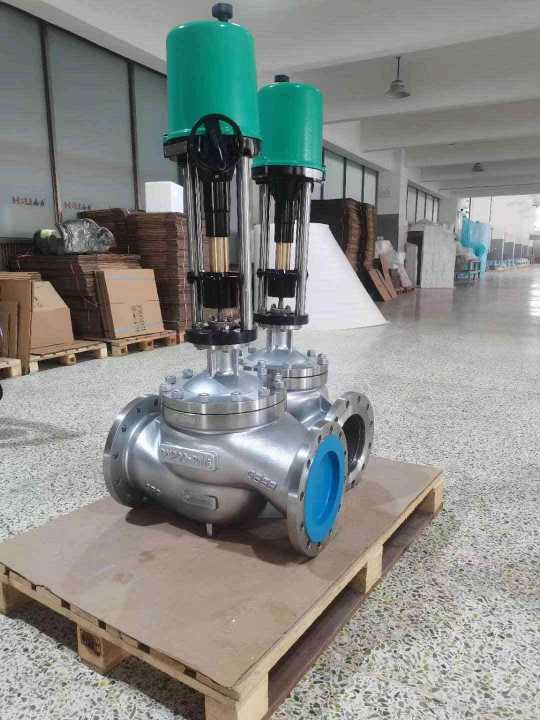understanding electric single seat regulating valves: functionality, advantages, and applications
Release time:2025-08-29 11:41:30
Electric single seat regulating valves play a pivotal role in modern industrial applications, offering a sophisticated means of controlling the flow of liquids and gases in a myriad of processes. These valves are designed for precision and efficiency, making them essential for maintaining optimal operational conditions across various sectors. This article delves into the functionality, advantages, and applications of electric single seat regulating valves, providing insight into their significance in contemporary automation and industrial control systems.

Functionality of Electric Single Seat Regulating Valves
At the core of an electric single seat regulating valve is its ability to modulate flow based on an electric signal. These valves consist of a valve body that houses the flow pathway, a seating surface to provide a seal, and a moveable plug or disc that adjusts the passage of fluid. The electric actuator is the key component that drives the valve's operation, responding to signals from a control system to either open or close the valve as needed.
The operation of an electric single seat regulating valve is typically guided by a control protocol, such as a 4-20 mA signal. When the control system requires an adjustment in flow—due to fluctuating temperature, pressure, or external conditions—the actuator receives the signal and moves the plug accordingly. This real-time adjustment capability enables precise regulation, ensuring that the process parameters remain within desired limits.

